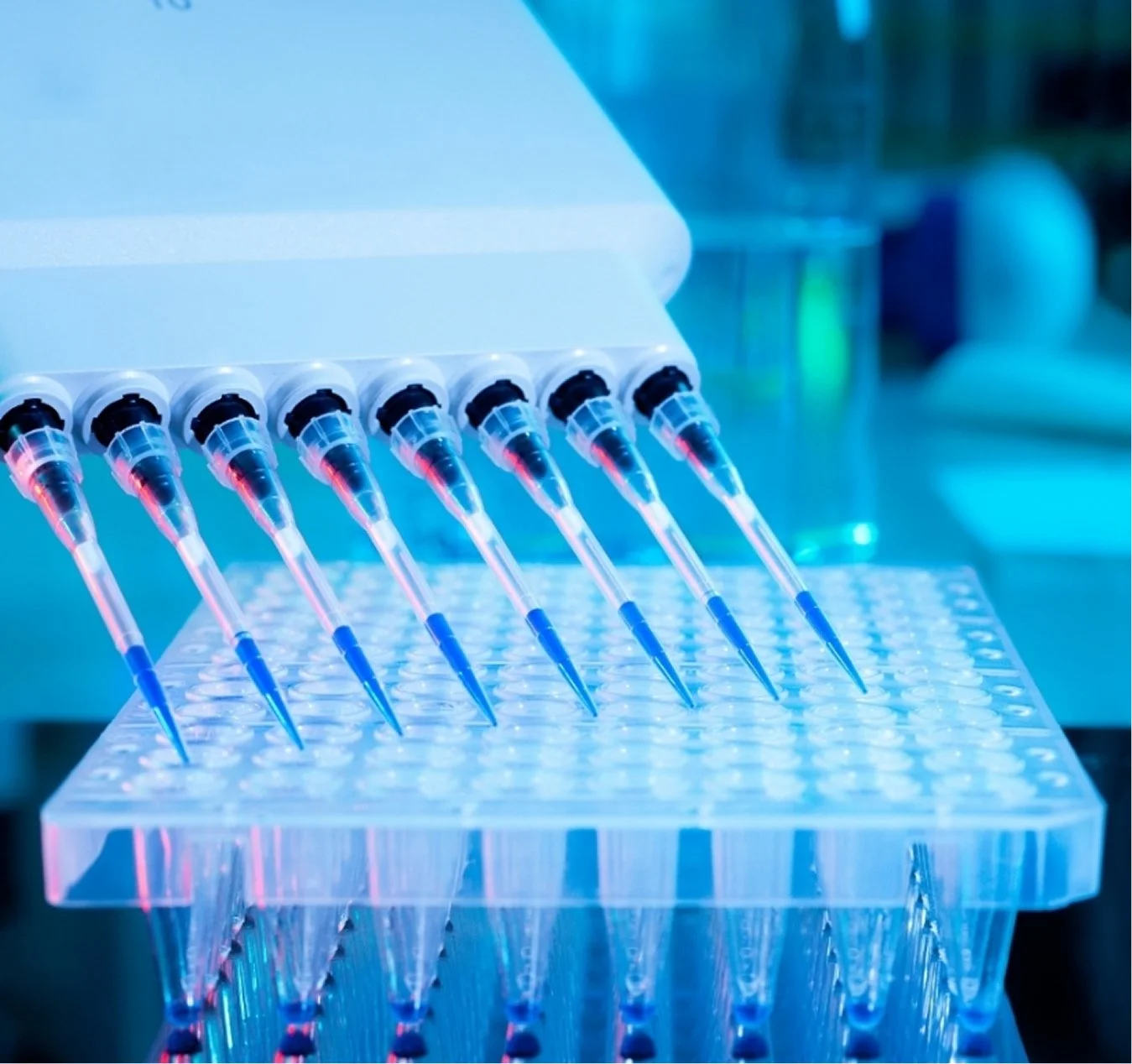 Image 1 of 1
Image 1 of 1


Mouse CYSTM1 ELISA Kit
SIZE
96 wells/kit
INTRODUCTION
Cysteine-rich transmembrane module containing 1 (CYSTM1) also known as C5orf32, ORF1-FL49, belongs to CYSTM family which is a part of tail-anchored membrane proteins in eukaryotes. It consists of 104 and 97 amino acids in mouse and human, respectively. CYSTM1 is a transmembrane protein and based on Gene Ontology (GO) the function of CYSTM1 is classified as neutrophil degranulation. CYSTM1 was also reported as one of the candidate biomarkers for Huntington’s disease.
PRINCIPLE OF THE ASSAY
This assay is a quantitative sandwich ELISA. The microplate is pre-coated with a polyclonal antibody specific for mouse CYSTM1. Standards and samples are pipetted into the wells and any mouse CYSTM1 present is bound by the immobilized antibody. After washing away any unbound substances, a biotin-labelled polyclonal antibody specific for mouse CYSTM1 is added to the wells. After wash step to remove any unbound reagents, streptavidin-HRP conjugate (STP-HRP) is added. After the last wash step, an HRP-substrate solution is added and colour develops in proportion to the amount of mouse CYSTM1 bound initially. The assay is stopped and the optical density of the wells determined using a microplate reader. Since the increases in absorbance are directly proportional to the amount of captured mouse CYSTM1, the unknown sample concentration can be interpolated from a reference curve included in each assay.
SIZE
96 wells/kit
INTRODUCTION
Cysteine-rich transmembrane module containing 1 (CYSTM1) also known as C5orf32, ORF1-FL49, belongs to CYSTM family which is a part of tail-anchored membrane proteins in eukaryotes. It consists of 104 and 97 amino acids in mouse and human, respectively. CYSTM1 is a transmembrane protein and based on Gene Ontology (GO) the function of CYSTM1 is classified as neutrophil degranulation. CYSTM1 was also reported as one of the candidate biomarkers for Huntington’s disease.
PRINCIPLE OF THE ASSAY
This assay is a quantitative sandwich ELISA. The microplate is pre-coated with a polyclonal antibody specific for mouse CYSTM1. Standards and samples are pipetted into the wells and any mouse CYSTM1 present is bound by the immobilized antibody. After washing away any unbound substances, a biotin-labelled polyclonal antibody specific for mouse CYSTM1 is added to the wells. After wash step to remove any unbound reagents, streptavidin-HRP conjugate (STP-HRP) is added. After the last wash step, an HRP-substrate solution is added and colour develops in proportion to the amount of mouse CYSTM1 bound initially. The assay is stopped and the optical density of the wells determined using a microplate reader. Since the increases in absorbance are directly proportional to the amount of captured mouse CYSTM1, the unknown sample concentration can be interpolated from a reference curve included in each assay.

